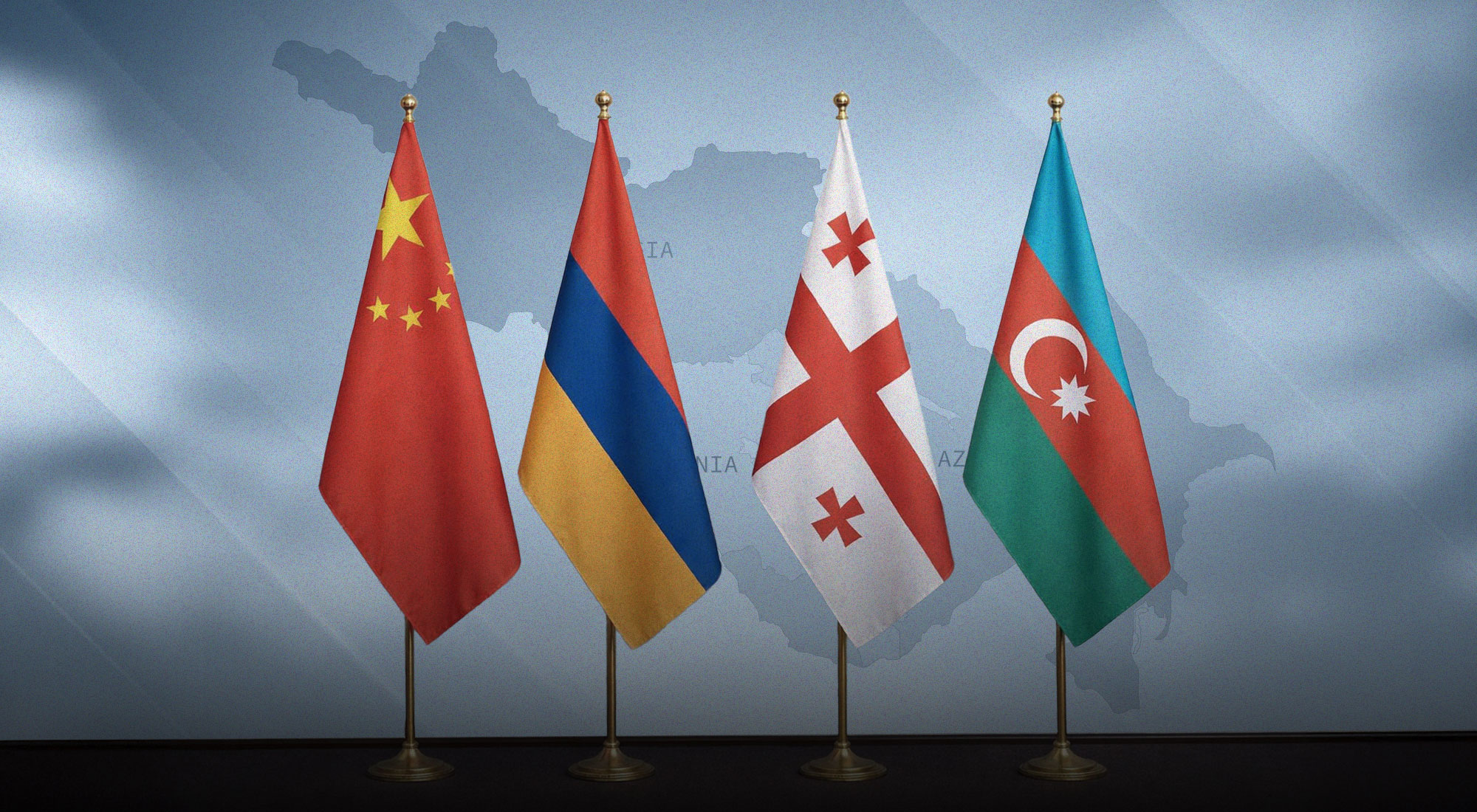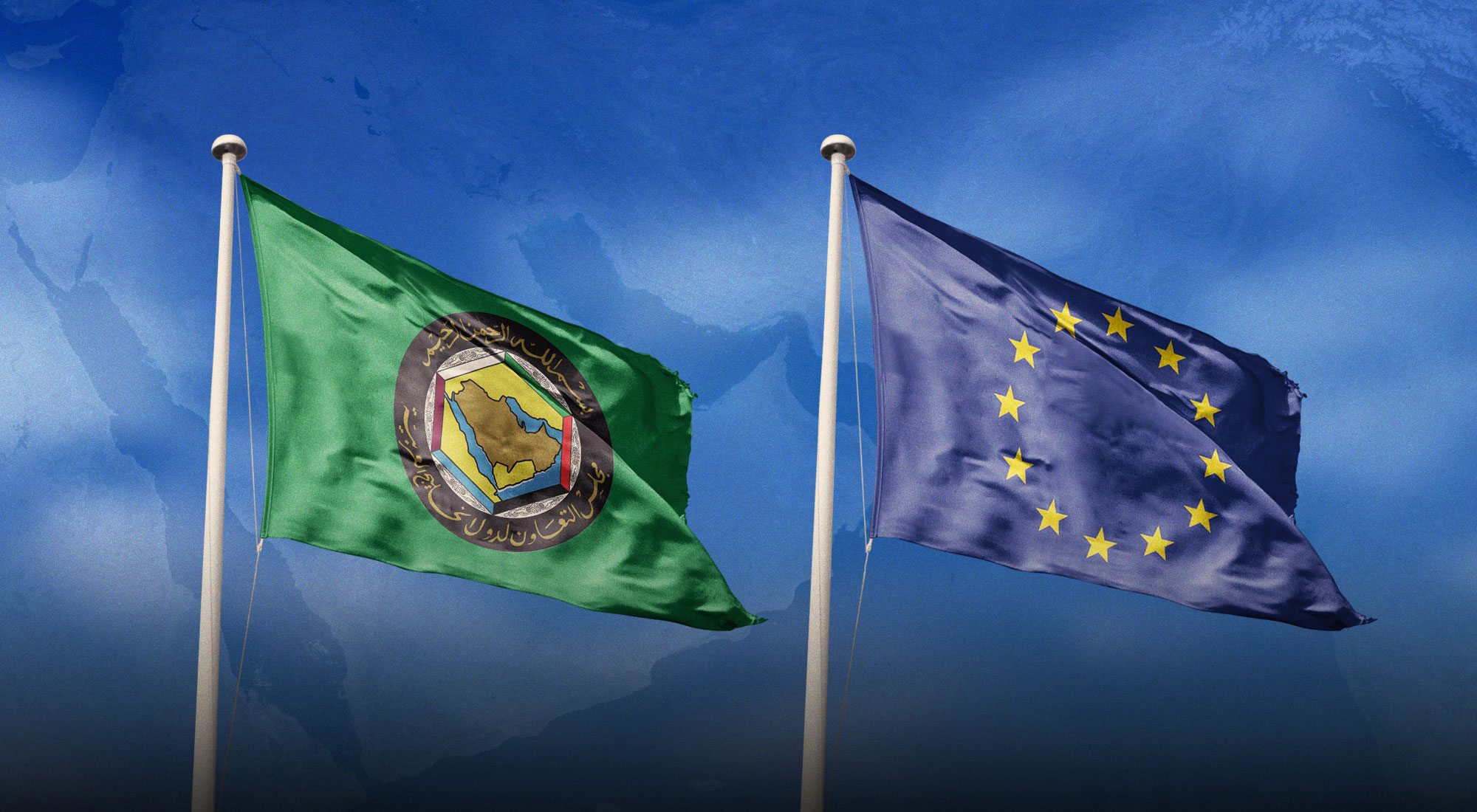Japanese Prime Minister Fumio Kishida concluded a week-long visit to the United States, where he met with President Joe Biden at the White House. The two leaders agreed to strengthen their countries’ security ties in the Pacific as a counterweight to China, and outlined plans to develop US-Japanese military cooperation amid concerns over North Korea’s nuclear program and China’s expanding influence across the Pacific. Kishida, who addressed Congress during his visit, described it as a ‘diplomatic success’. His official trip to Washington D.C.—the first by a Japanese leader in nine years—yielded initiatives aimed at enhancing military operations between the two countries and strengthening the alliance with the Philippines to address China’s growing influence. Kishida also used the trip to convince American companies to invest in Japan and demonstrate his country’s positive influence on the American economy as the largest foreign investor.
This paper aims to explore the importance of the summit that brought together the two allies and the factors that push towards strengthening their security alliance to confront challenges, especially in the East and South China Sea regions.
Significance of the Visit: Analysis
Prime Minister Kishida’s visit to Washington D.C. is of paramount importance given the intricate and perhaps unparalleled local, regional, and international circumstances prevailing at this juncture. At home, President Biden grapples with the challenge of securing re-election amid a significant decline in his popularity, even within Democratic circles. This backdrop includes pressing issues such as the conflict in Gaza, compounded by the looming presence of potential challengers like Republican former President Donald Trump. Thus, Biden seeks to leverage this visit to bolster his domestic standing, portraying himself as a capable leader adept at fortifying alliances and safeguarding America’s global role.
Similarly, Kishida confronts domestic challenges to his leadership, marked by a substantial decline in popularity and political headwinds, with approval ratings languishing below 30% for months. Despite lacking direct competitors presently, the looming LDP leadership election in September 2024 could alter the political landscape. Hence, Kishida’s primary objective during the visit is to assert leadership within the alliance, crucial at a time when Japan faces formidable security challenges. Furthermore, he aims to rally sustained American leadership on the global stage, irrespective of the outcome of the upcoming US elections. [1]
In his historic address to Congress, Kishida lauded the United States as an “indispensable” nation, expressing solidarity with Americans who have shouldered the burden of upholding the international system for decades. Importantly, Kishida emphasized Japan’s readiness to share this burden, resonating positively within American circles.[2]
The visit holds symbolic significance for Kishida as only the second official visit by a Japanese prime minister to the United States since World War II, and the first since 2015. Moreover, it follows visits by leaders from South Korea, India, and Australia, underscoring the significance the United States attaches to its allies and partners in the Indo-Pacific region, particularly Japan.
The only other official visit President Biden hosted during his term was with the President of France. Nevertheless, this visit strengthens Kishida’s domestic standing, potentially prompting him to consider calling for early general elections next June. He seemingly perceives his official visit to the United States as yielding positive outcomes that could enhance his popularity.[3]
Regionally, escalating competition in the East and South China Seas underscores the imperative for countries in the region to bolster alliances with the United States. China’s assertive pursuit of influence and territorial control in what it deems its vital sphere raises concerns among neighboring countries, notably Japan. Thus, strengthening regional alliances becomes imperative. While the visit reaffirms the centrality of bilateral relations in US strategy in the Indo-Pacific, there is a concerted effort to transcend this limitation towards broader regional security cooperation. Although the ambition to form an Asian equivalent of NATO may be absent, there is a growing emphasis on regional security cooperation, evident in commitments to alliances like the Quad and trilateral cooperation initiatives like AUKUS.
Against this backdrop, a historic summit between the leaders of the United States, Japan, and the Philippines, was initiated by President Biden to support the Philippines amidst escalating tensions with China. This summit followed a series of confrontations between Chinese and Philippine vessels in the disputed South China Sea. A joint post-summit statement condemned China’s actions in the South China Sea as dangerous,[4] amidst Beijing’s assertion of full sovereignty over the region. This further underscores the escalating tensions between China and its neighboring countries, particularly concerning territorial claims in the South China Sea.
Therefore, Prime Minister Kishida’s visit to Washington D.C. holds multifaceted significance, addressing domestic challenges, reaffirming regional alliances, and responding to escalating tensions in the Indo-Pacific. As both leaders navigate complex political landscapes at home and abroad, the visit underscores the resilience and depth of the US-Japan alliance in confronting shared challenges and shaping the regional security architecture.
Outcomes of the Visit
The outcomes of Prime Minister Kishida’s visit to the United States, as evidenced by his meetings with President Biden, have unveiled several crucial defense-related findings. These developments collectively signify a pivot towards a more operationally focused alliance and an enhanced emphasis on defense industry cooperation.
One significant announcement made during the visit was the intention to bilaterally upgrade the alliance’s command and control framework. This initiative holds the potential to render the alliance more credible and responsive in practical or operational scenarios. Furthermore, discussions were initiated to explore the establishment of a Joint Operations Command in Japan for the first time. This command would serve as a day-to-day counterpart to the newly formed Joint Operations Command in the United States. Concurrently, efforts will continue regarding the “2+2” meetings, involving the US Secretaries of State and Defense and their Japanese counterparts, aimed at developing a detailed concept this year to determine the most optimal options.
Moreover, plans were unveiled to deepen defense industrial cooperation through the establishment of a new Defense Industrial Cooperation, Acquisition, and Sustainment Forum (DICAS). This forum, led by the Under-Secretary of Defense for Acquisition and Sustainment, signifies a commitment to fostering collaboration in defense procurement and sustainment efforts. Additionally, there are plans to expand joint development and production of missiles, underscoring the commitment to enhancing military capabilities through joint ventures.
Partnership with AUKUS is also under consideration, with discussions revolving around cooperation on projects related to advanced capabilities. The Biden administration aims to identify specific projects for Japanese participation by the end of the year. Notably, some US Navy ships and Air Force aircrafts will undergo maintenance and sustainment at Japanese facilities, alleviating costs for the United States while bolstering cooperation between the two nations.
Highlights of the Summit
Increased Japanese Military Spending: Japan has committed to a significant increase in its defense budget, signaling a shift towards bolstering its defense capabilities. While the exact amount of the increase is yet to be finalized, discussions indicate a substantial rise, potentially doubling or even tripling current spending. This augmented budget will facilitate the modernization of Japan’s military equipment, including the replacement of outdated weaponry with advanced fighter planes, warships, and missiles. Furthermore, there is a focus on developing indigenous military technology through investments in research and development, reducing reliance on foreign suppliers, particularly the United States. Additionally, the strengthened budgetary allocation may lead to an expansion in the size and capability of Japanese armed forces.
Expanded Joint Military Exercises: The US and Japan have pledged to conduct more joint military exercises, particularly in regions proximate to China. These exercises will encompass complex warfare simulations, aimed at preparing responses to regional contingencies and potential Chinese aggression in areas such as the East China Sea and around Taiwan. Notably, there is a possibility of conducting exercises in areas closer to China, such as the South China Sea or the Philippine Sea, serving as a robust deterrence measure. These exercises will enhance interoperability between US and Japanese forces, enabling seamless coordination in real conflict scenarios and projecting a unified military presence to deter Chinese actions. Furthermore, expanded cooperation with the UK and Australia, including plans for regular exercises and air defense integration, strengthens the regional security architecture.
Closer Cooperation on Emerging Technologies: Both governments are deepening cooperation in technology, particularly in the realm of defense. A new $110 million artificial intelligence research partnership, supported by universities and private companies, underscores the commitment to advancing military capabilities through technological innovation. Collaboration extends to the development of next-generation military technologies, with a focus on hypersonic weapons and artificial intelligence. Hypersonic weapons, with speeds exceeding Mach 5, pose significant challenges in defense due to their speed and maneuverability, making them a focal point for joint development efforts. Additionally, integrating artificial intelligence into military systems such as drones and command networks aims to enhance decision-making speed and battlefield awareness, potentially providing a strategic advantage over rivals like China.
Potential Inclusion of Japan in AUKUS: Discussions are underway regarding Japan’s potential inclusion in AUKUS, a security pact between the US, the UK, and Australia. Japan’s membership could fortify the alliance against Chinese expansionism and contribute to promoting a rules-based order in the Indo-Pacific. However, challenges exist, including the need for approval from all AUKUS members and concerns regarding Japan’s past militarism. Nevertheless, this move holds the promise of strengthening the Quad alliance and enhancing regional security cooperation.
In addition to defense-related achievements, the summit witnessed significant strides in other fields. A shared goal was declared for a Japanese astronaut to be the first non-American to land on the moon, underscoring the depth of collaboration between the two nations.[5]
Connotations of the Alliance Upgrade
The recent announcement of the upgraded alliance between the United States and Japan signifies a major shift in their bilateral relations, likely to have significant ramifications on the security landscape in the Asia-Pacific region.
Undoubtedly, the alliance between Japan and the United States stands as one of the most crucial and robust partnerships globally, often characterized as the most pivotal bilateral relationship in the world since the days of the Cold War. This sentiment was reiterated during the recent visit, underscoring the paramount importance of the alliance and its potential to play a pivotal role in ensuring regional security and fostering cooperation across various domains. The new upgrade, emphasized by President Biden as “the most significant upgrade in our alliance since its establishment,”[6] underscores the elevated significance of the alliance in contemporary geopolitics.
The enhanced partnership between the two nations is driven by a shared interest in security, particularly in response to the rise of China in the Indo-Pacific region. Japan’s determination to make substantial changes in its defense approach, including doubling its military spending and enhancing its counter-strike capabilities, underscores the newfound momentum in the relationship. Additionally, the uncertainty surrounding future US commitments has prompted Japan to exercise caution and assert its own security interests more assertively. However, the way in which this recalibration unfolds is crucial, especially in light of concerns stemming from the unpredictable policies of the previous US administration under President Trump, which have reverberated among Washington’s allies in the East, notably Japan, and across Europe.
Furthermore, the evolving relationship between the United States and Japan is increasingly characterized by a global dimension, marked by a renewed commitment to security partnerships. This includes a fresh pledge to conduct joint military exercises not only between the United States and Japan but also involving other key allies such as the United Kingdom and the Philippines. These exercises serve as tangible manifestations of the deepening security cooperation between the United States and Japan, projecting a unified front in the face of regional challenges and reinforcing the alliance’s pivotal role in maintaining stability and security in the Asia-Pacific region.
Conclusion
Prime Minister Fumio Kishida’s visit to the US and the subsequent outcomes underscore the strategic significance of the US-Japan alliance in confronting shared challenges, particularly in the face of China’s growing influence in the Asia-Pacific region. The visit, characterized by its multifaceted dimensions and historic symbolism, served as a platform to reaffirm the unwavering commitment of both nations towards bolstering regional security, fostering closer defense cooperation, and enhancing strategic partnerships.
The summit between Kishida and Biden highlighted the pivotal role of the US-Japan alliance in addressing pressing regional and global security concerns, ranging from North Korea’s nuclear program to China’s assertive actions in the East and South China Seas. Through a series of strategic announcements and initiatives, both leaders demonstrated their commitment to deepening defense ties, modernizing military capabilities, and promoting interoperability through joint exercises and technological cooperation.
Furthermore, the visit underscored the evolving dynamics of the US-Japan alliance, transcending traditional security domains to encompass broader areas of collaboration, including economic and technological spheres. The announcement of plans to deepen defense industrial cooperation and explore joint ventures in emerging technologies underscores the alliance’s adaptability and resilience in the face of evolving security challenges.
Moreover, the promotion of the US-Japan alliance represents a significant milestone in bilateral relations, signaling a renewed commitment to upholding a rules-based international order and promoting peace and stability in the Indo-Pacific region. The inclusion of Japan in discussions with key allies such as the UK and Australia, as well as the consideration of its participation in the AUKUS security pact, reflects a growing recognition of Japan’s strategic importance in countering Chinese expansionism and maintaining regional security.
In essence, Kishida’s visit to the United States and the subsequent outcomes underscore the enduring strength and vitality of the US-Japan alliance in confronting shared security challenges and shaping the geopolitical landscape of the Asia-Pacific region. As both nations navigate the complex geopolitical dynamics of the Asia-Pacific region, the strengthened alliance serves as a cornerstone for promoting security and stability in the region and beyond.
[1] Christopher B. Johnstone, Prime Minister Kishida’s Official Visit to Washington, CSIS, April 10, 2024: https://www.csis.org/analysis/prime-minister-kishidas-official-visit-washington
[2] Ishaan Tharoor, Japan may be the US’s most important ally, The Washington Post, April 12, 2024:
https://www.washingtonpost.com/world/2024/04/12/japan-united-states-ally-defense-relationship/
[3] Kishida’s US trip may raise odds of Japan going to polls in June, The Mainichi, April 13, 2024:
https://mainichi.jp/english/articles/20240412/p2g/00m/0na/051000c
[4] Joint Vision Statement from the Leaders of Japan, the Philippines, and the United States, The White House, April 11, 2024: https://www.whitehouse.gov/briefing-room/statements-releases/2024/04/11/joint-vision-statement-from-the-leaders-of-japan-the-philippines-and-the-united-states/
[5] Japanese to be first non-American to set foot on moon, DAWN, April 12, 2024:
https://www.dawn.com/news/1827136/japanese-to-be-first-non-american-to-set-foot-on-moon
[6] Ishaan Tharoor, Japan may be the US’s most important ally, The Washington Post, April 12, 2024:
https://www.washingtonpost.com/world/2024/04/12/japan-united-states-ally-defense-relationship/










